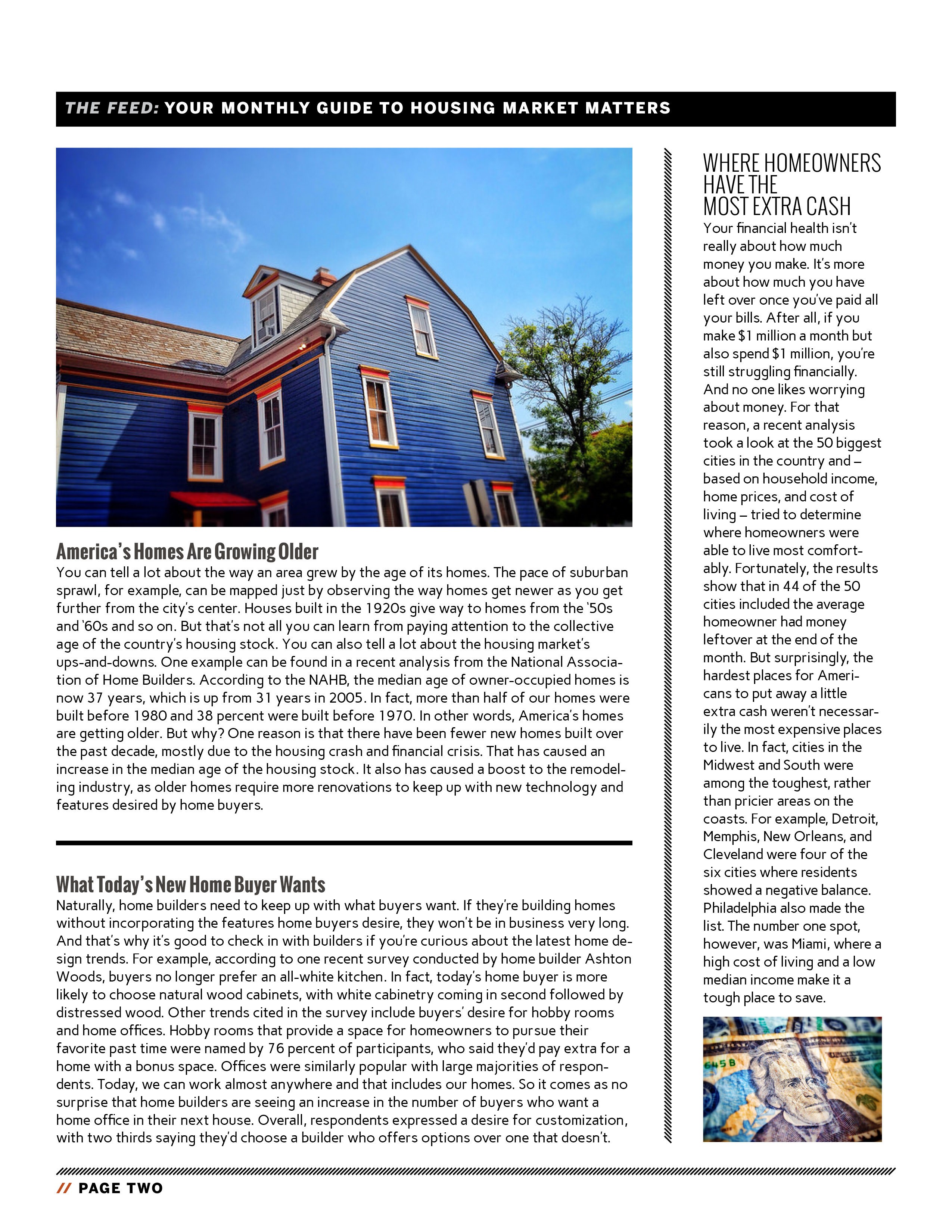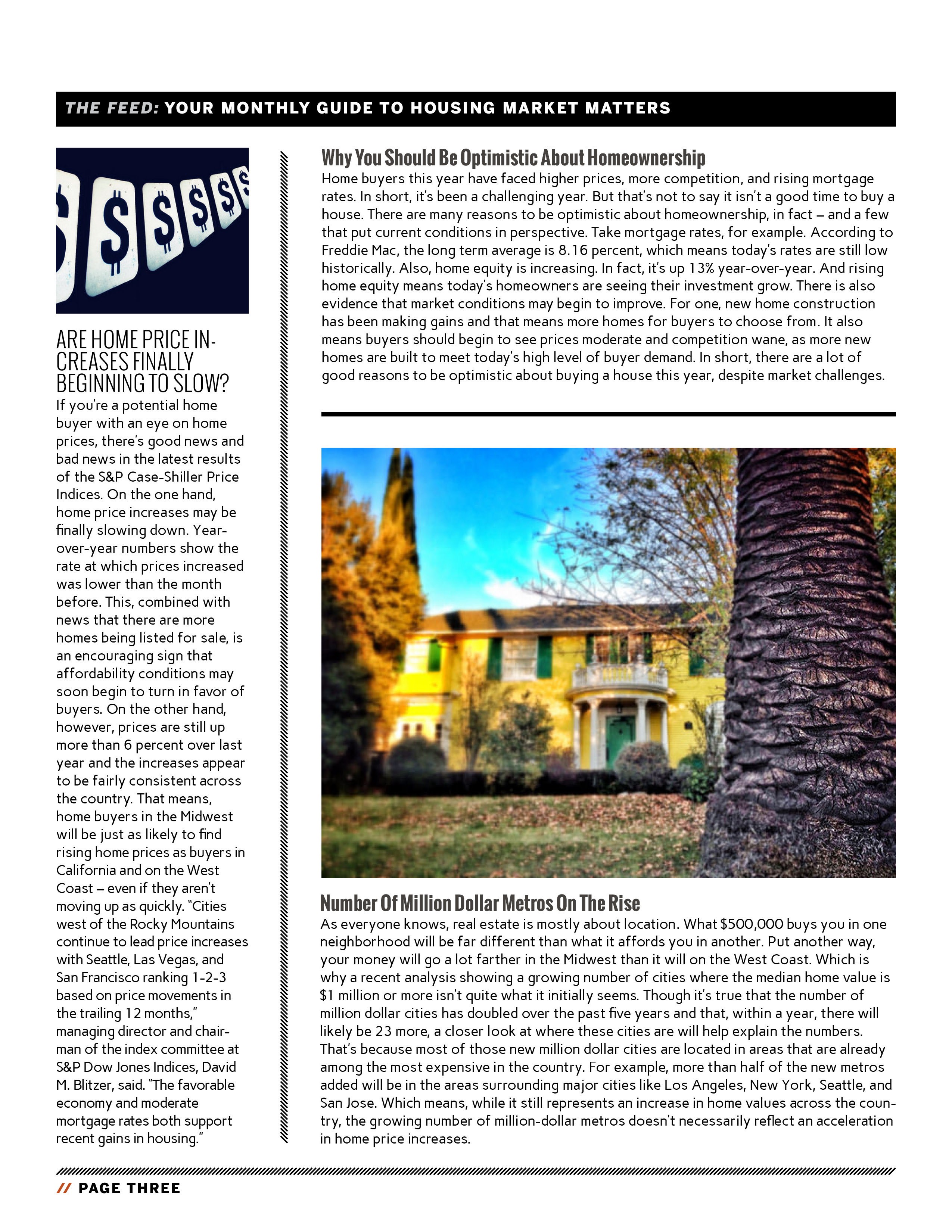
According to a new survey from Move.com, the wave of first-time homebuyers hitting the market this summer has resulted in an interesting statistic. Nearly 60% of buyers searching for a home this spring are willing to consider buying a fixer-upper, with 95% believing that the projects needed will increase their new home’s value!
Realtor.com’s Chief Economist, Danielle Hale, pointed to low-inventory at the entry-level price range for the increase in willingness to renovate.
“The combination of rising home prices and limited entry-level homes for sale is prompting many home shoppers to consider homes that need renovating.
Replete with inspiration at their fingertips – like Pinterest, Instagram, and various home renovation TV shows – some home shoppers are comfortable tackling home renovation jobs to find a home that balances their needs with their budget.”
Just over half of all respondents who said they would be willing to buy a home in need of some TLC, would also spend more $20,000 to make the home fit their needs.
The most common ‘expected’ renovation is a kitchen remodel which can run anywhere from $22,000 for a minor remodel to $66,000 for a major remodel.
This isn’t a new trend by any means. According to the Joint Center for Housing Studies at Harvard University, home improvement project spending reached a new high in 2018.
“Americans spent $336.9 billion on remodeling projects, up 7.4% from the $313.6 billion a year earlier.”
Home renovation television shows have given many buyers hope that they could renovate a home they can afford into their dream home!
Bottom Line
If you are one of the many Americans considering buying a home this spring, let’s get together to help you find a house with the potential to be your dream home!











